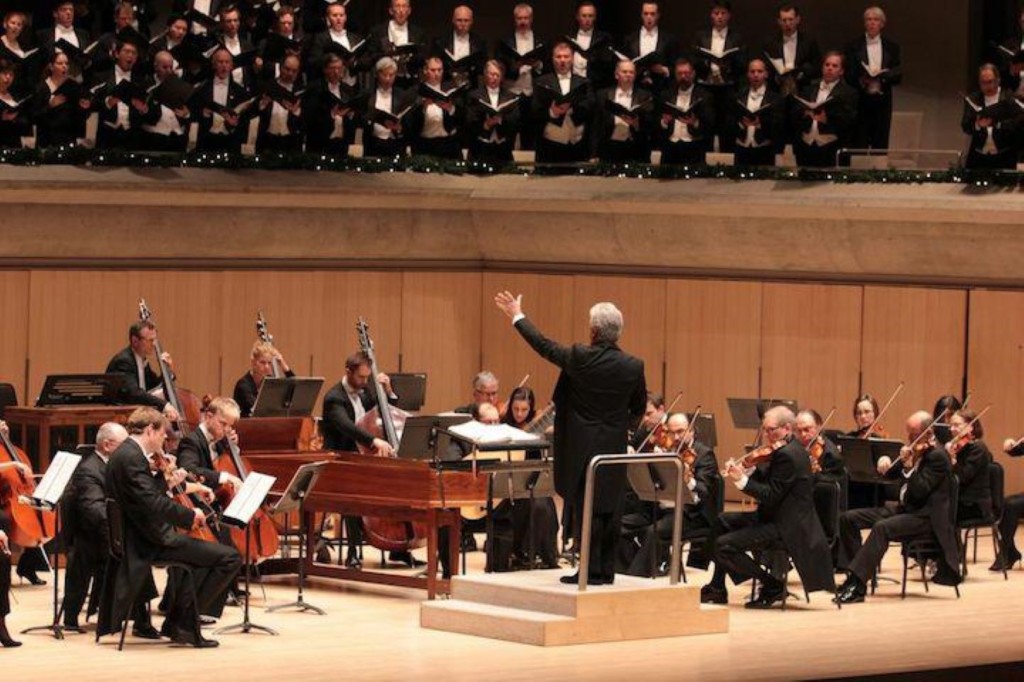
Several months ago, I surveyed the Toronto classical music scene for the Fall semester with the hope of providing some recommendations for both new enthusiasts and seasoned aficionados of classical music. These included performances of Beethoven’s immensely popular Fifth Symphony, Rimsky-Korsakov’s exotic Scheherazade, and Rachmaninoff’s Rhapsody on a Theme of Paganini. And so, with the start of a new semester, I thought it would be fitting to have a corresponding new survey for the months of February to April.
Toronto Symphony Orchestra
Upon initial review, the winter program for the Toronto Symphony Orchestra (TSO) is unfortunately a tad weaker than their fall lineup. Nonetheless, there are still a few gems scattered about in the schedule. To begin with, February 20 and 21 will feature a lineup of ever popular pieces including Mozart’s Overture to The Magic Flute, Rachmaninoff’s Rhapsody on a Theme of Paganini (again, but not that I’m complaining), Debussy’s Prélude à l’après-midi d’un faune, and Bizet’s Suite from Carmen. All four of these pieces have instantly memorable themes ranging across the spectrum of moods and emotions; from the vigor and playfulness of Mozart to the dreaminess and sensuousness of Debussy, the fieriness and passion of Bizet, and the all-in-one package of the Rhapsody. Indeed, this particular program is perhaps one of the best of the winter-half of the 2015/16 season in terms of how well the pieces all complement each other, and in terms of overall enjoyability and recognizability. Earl Lee will be conducting instead of Peter Oundjian (TSO’s music director), however, and is the only possible question mark of the program – I personally have not heard any performances under his direction, but his resume does attest to someone who is definitely capable.
The month of February also features a performance of Mendelssohn’s Piano Concert No. 1 on the 25th and 27th as part of a larger program featuring Schumann’s Symphony No. 4. While I admittedly am not a big fan of the latter, Mendelssohn’s work ranks highly on my list of favorite piano concertos. The work instantly captures the audience’s attention as it opens with an orchestral introduction coursing with energy and power, shortly followed by a virtuosic entry of the pianist. The rest of the first movement alternates between the impassioned mood set by the beginning theme, and a tantalizingly delicate atmosphere set by a contrasting lyrical second theme. The concerto continues the contrast from the largely vigorous first movement with an absolutely gorgeous and melodious second movement, finally closing off with playful and equally invigorating third movement. With its charm, ability to evoke such passion and emotion, and its glittering passagework, it is therefore not surprising that this piano concerto remains one of the most popular of its kind in the classical music repertoire.
Finally, April 9 and 10 feature a lineup including Wagner’s famous “The Ride of the Valkyries” from Die Walküre and selections from Mendelssohn’s A Midsummer Night’s Dream. “Ride of the Valkyries” is perhaps best known in popular consciousness as the music that is played during the film Apocalypse Now, when the helicopters assault a Vietnamese village, and as the tune Elmer Fudd sings “Kill the Wabbit” to in Looney Tunes’ What’s Opera, Doc?. A Midsummer Night’s Dream also comes with its fair share of popular excerpts. For example, the oh-so-famous wedding march tune that is often played accompanying brides down the aisle? From A Midsummer Night’s Dream. Ultimately, another highly recommended program.
